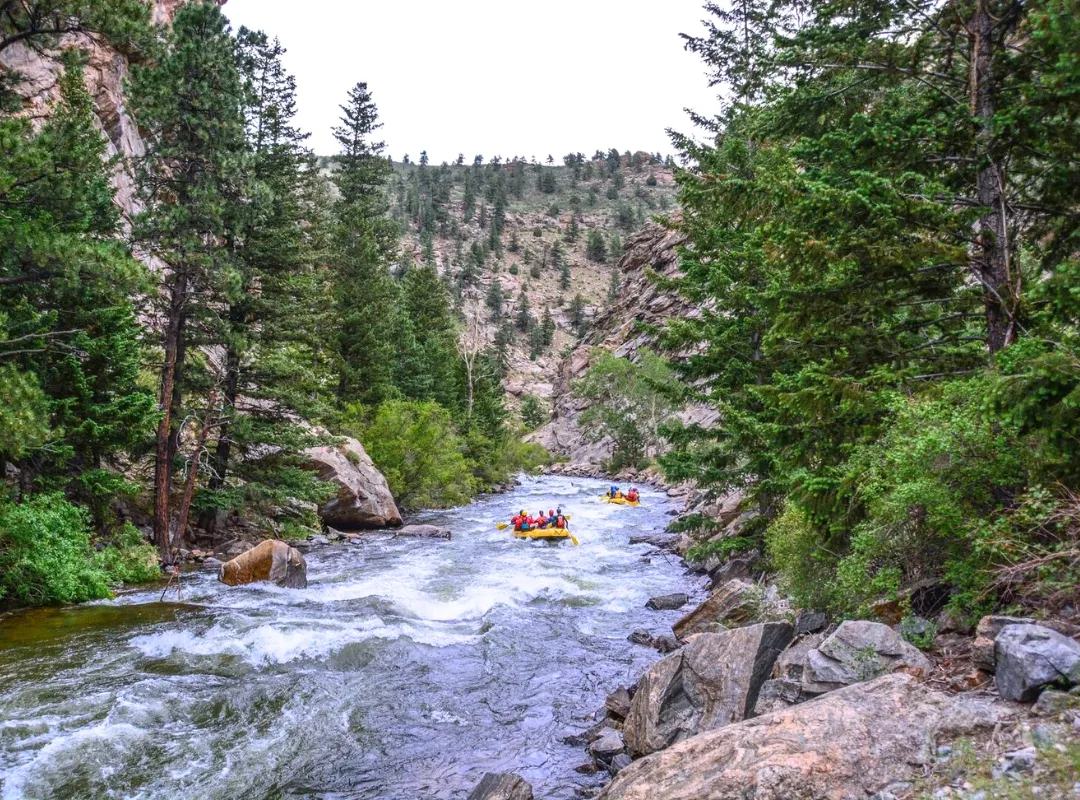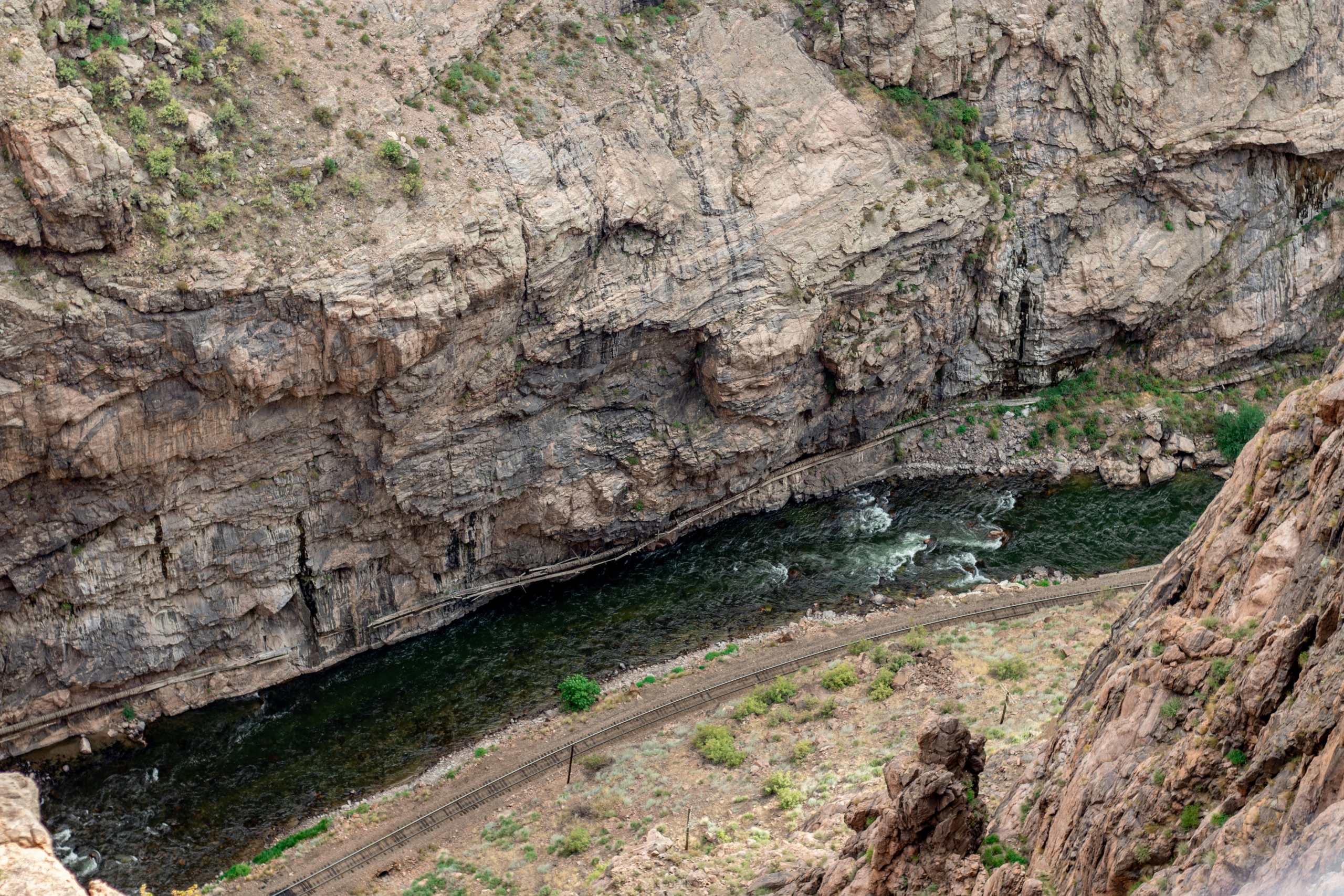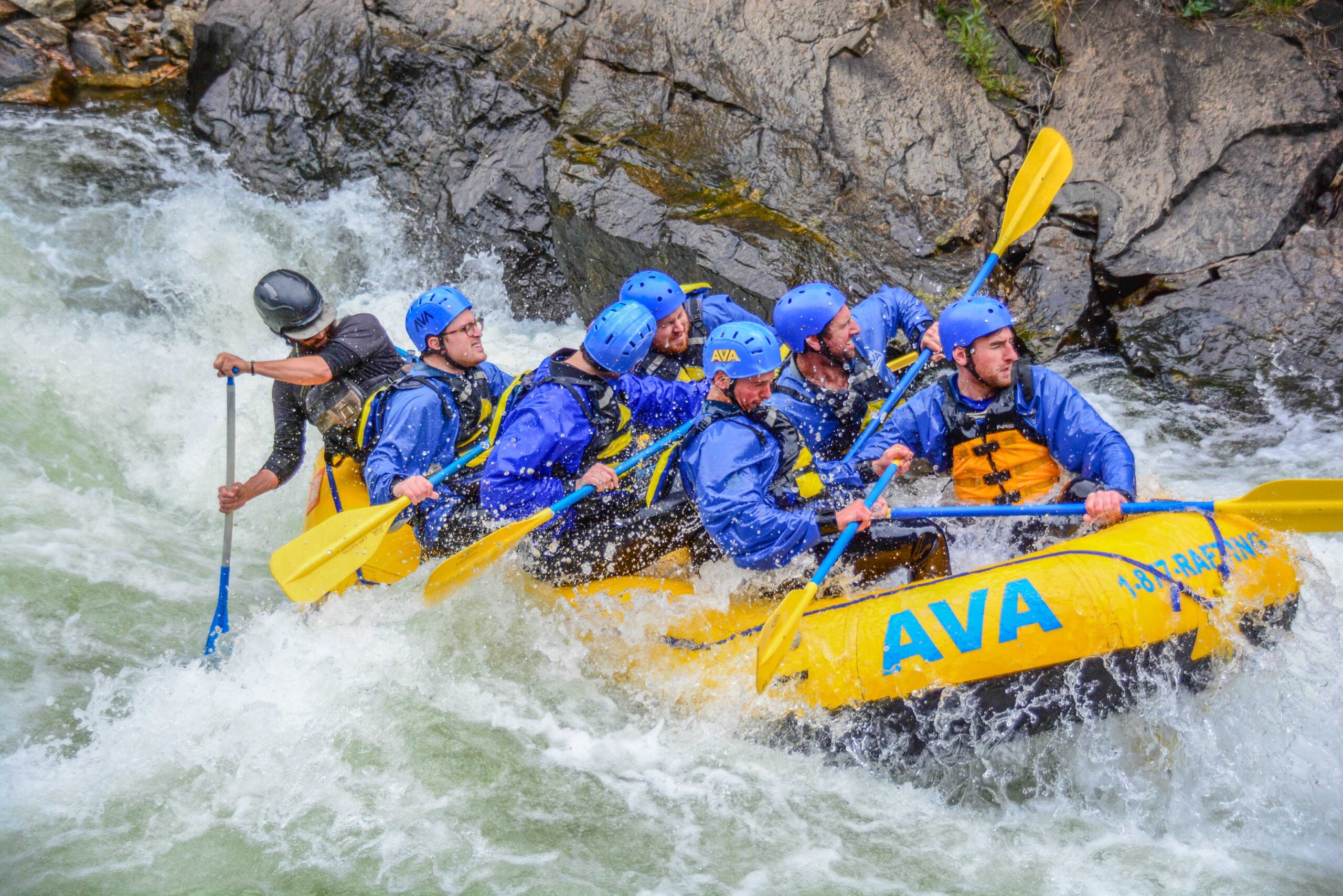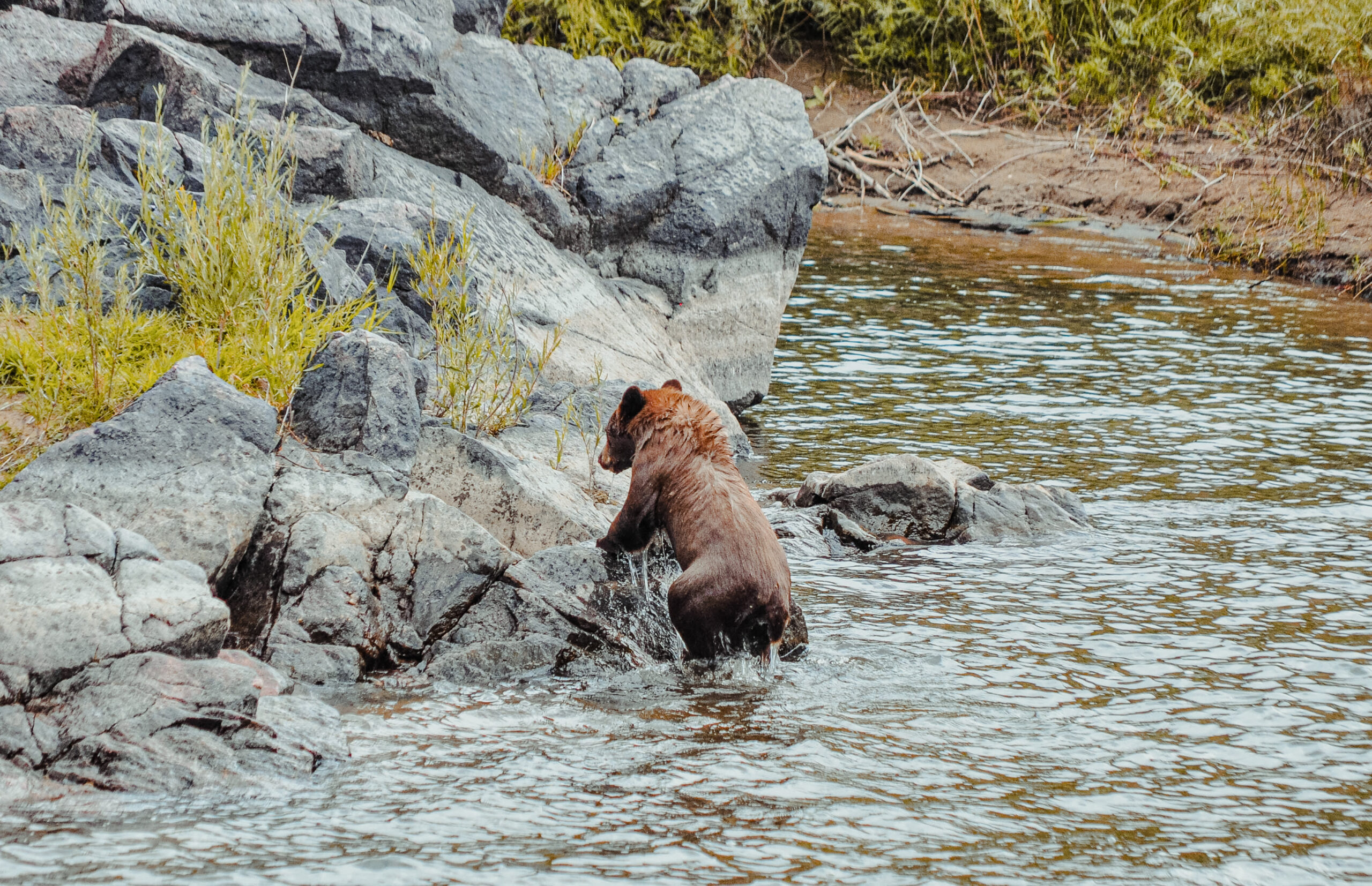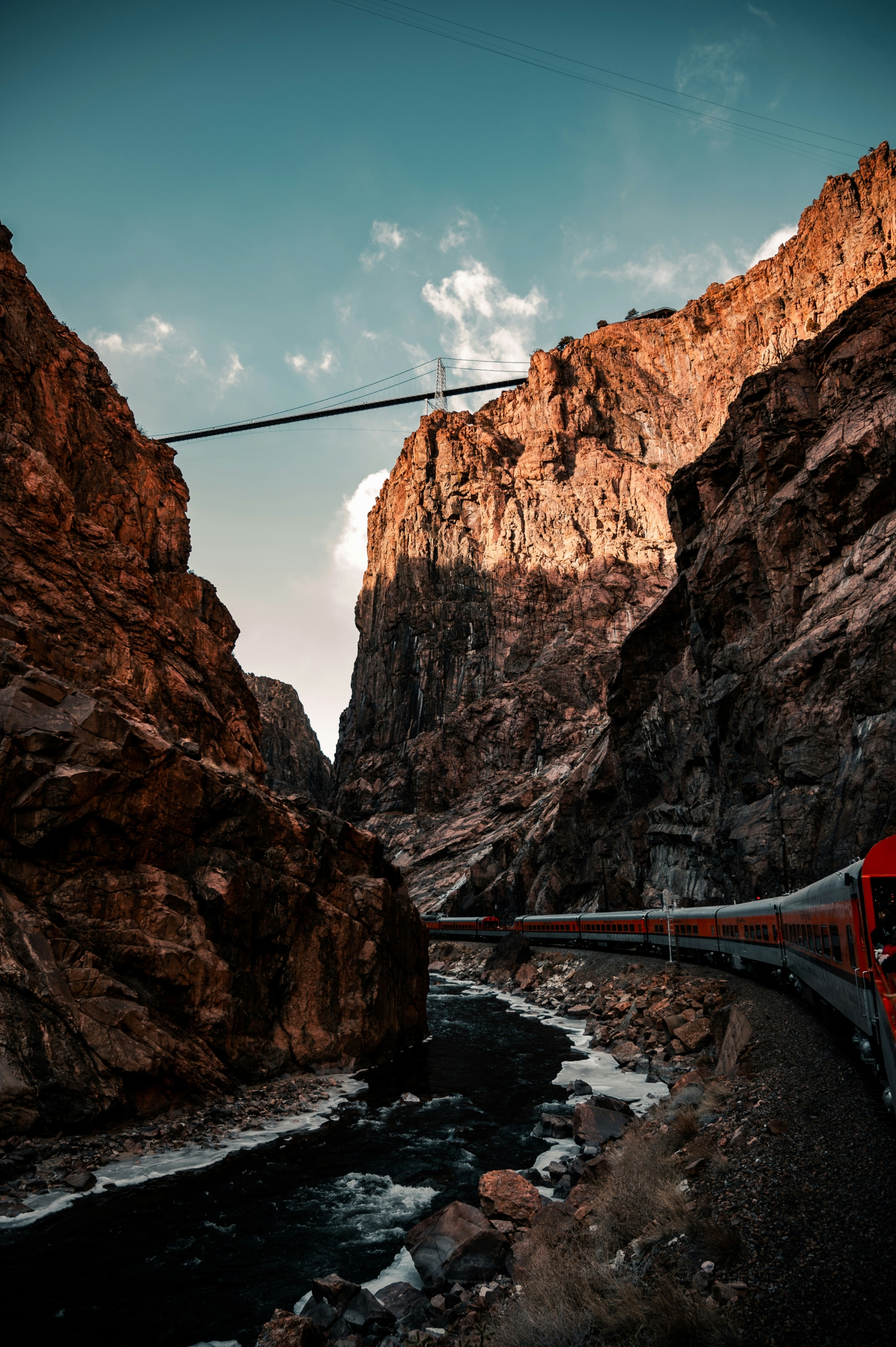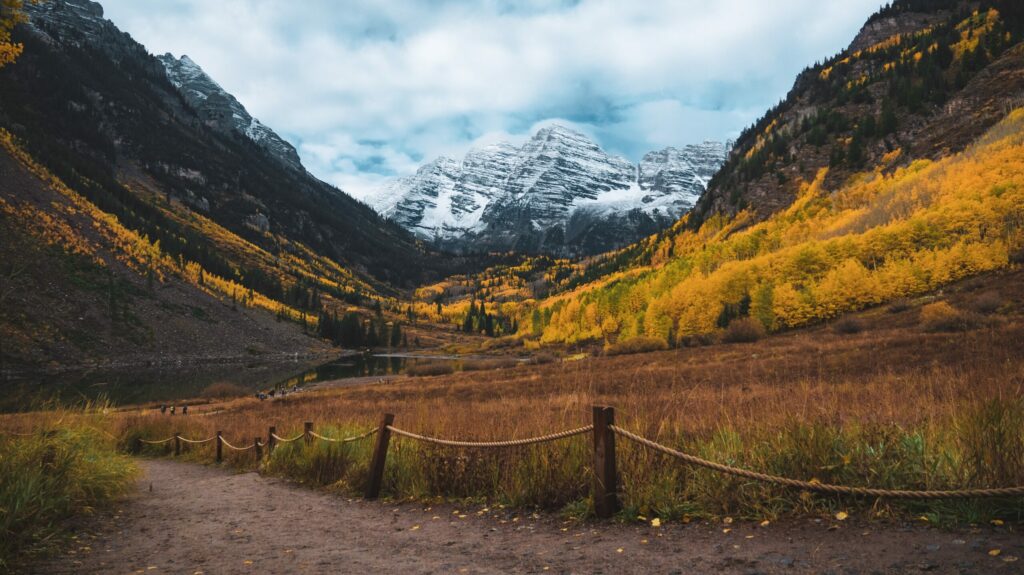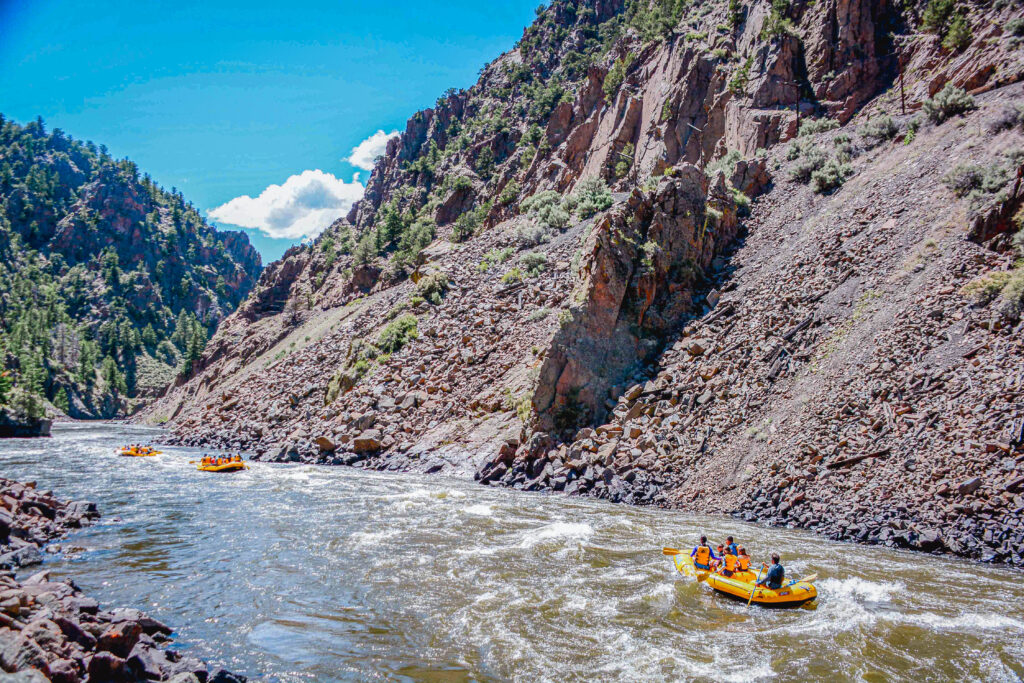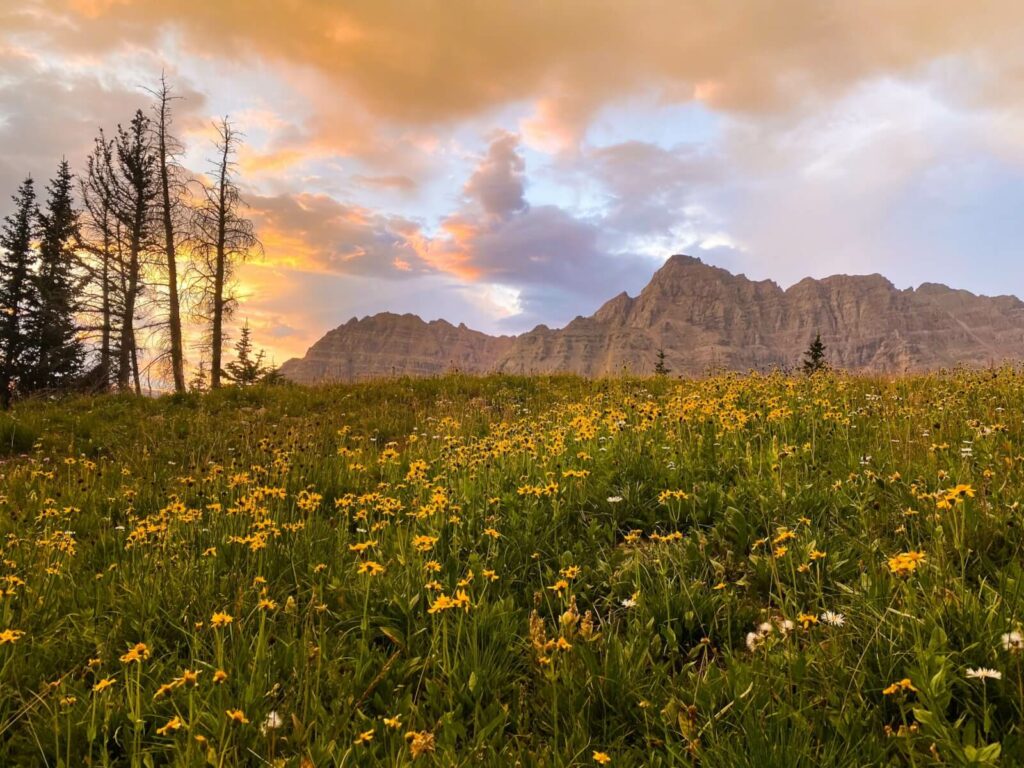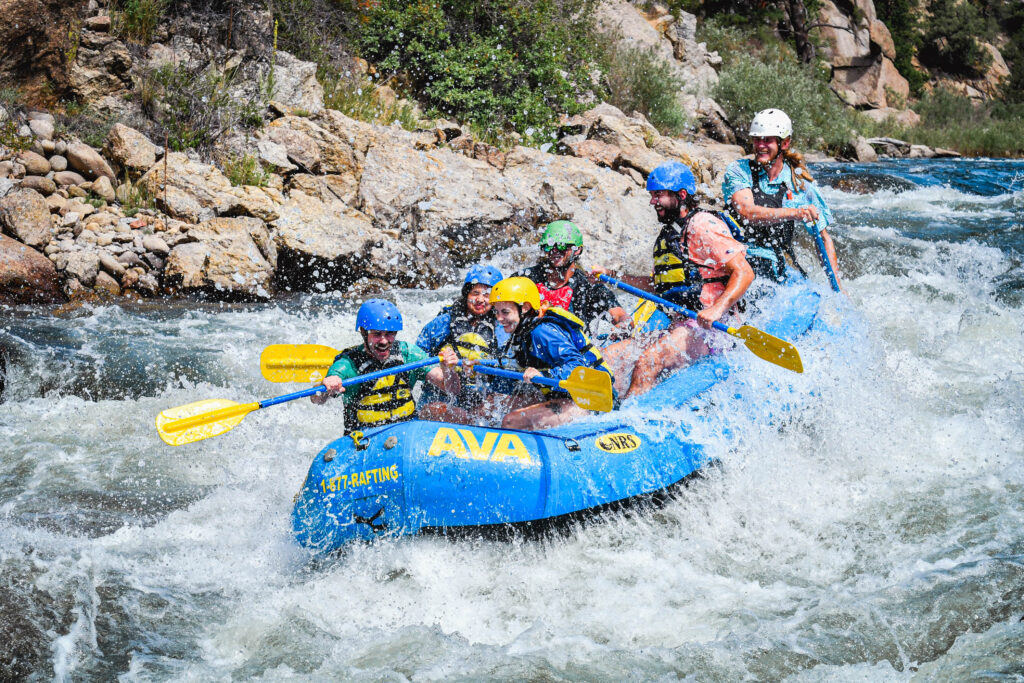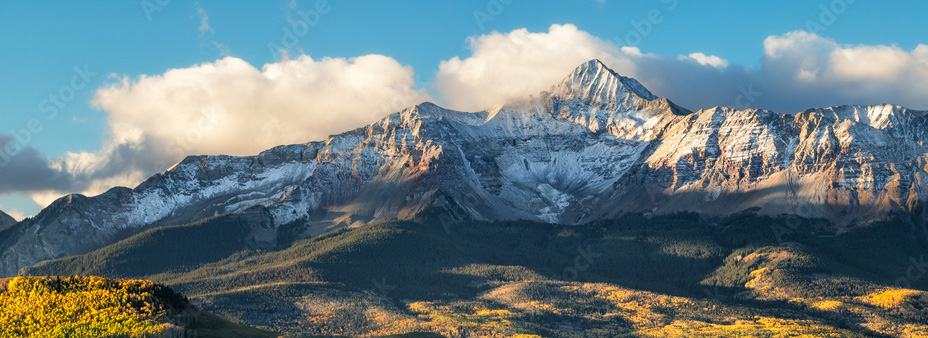The Arkansas River runs right by our Buena Vista outpost, so at AVA we spend A LOT of time on this river. The Arkansas River offers some of the most popular and exciting whitewater rafting trips in not only Colorado but the nation! The river varies between mild and relaxing to adrenaline-packed paddling through whitewater rapids. Here is a list of 5 other fun facts about the Arkansas River!
Size of the Arkansas River
The Arkansas River is the sixth-longest river in the United States and the 45th-longest river in the world. Imagine stretching the Grand Canyon, one of America’s iconic natural wonders, end-to-end about twice and is longer than famed European rivers like the Rhine and the Danube, highlighting its significance on a global scale. This puts it ahead of well-known rivers like the Columbia River in the Pacific Northwest and the Hudson River in the Northeast.
The river traverses multipleecosystems, from high mountain valleys to arid plains, influencing the landscapes and lives of countless communities along its path. It begins high in the Sawatch Range of the Rocky Mountains, near Leadville, Colorado at an elevation of over 10,000 feet serving as the river’s cradle, where it gurgles as a small stream before gathering power as it descends.
It ends where it joins the mighty Mississippi River, 40 miles northeast of Arkansas City, Arkansas. The confluence marks the end of the Arkansas’ 1,469-mile journey, its waters seamlessly mingling with the Mississippi’s to contribute to the Gulf of Mexico.
The River’s Sections
The Arkansas River has three very different sections throughout its journey. The first section is its Colorado section, as it cuts through steep Rocky Mountain canyons, flowing 125 miles through the state. Its middle section cross Kansas and Oklahoma, gradually widening and slowing as it enters the Great Plains, with occasional bluffs and cottonwood forests. This much longer section encompasses 600 miles. As it moves through its last section in Arkansas, it covers about 900 miles and becomes a slow-moving, winding river through fertile agricultural land and cypress swamps.
Notable Colorado Areas on the Arkansas:
Royal Gorge: A breathtaking canyon with sheer granite walls towering over 1,000 feet, offering stunning views and thrilling whitewater rafting adventures.
Browns Canyon & The Numbers: Renowned whitewater sections popular with rafters and kayakers for their exciting rapids and scenic beauty. AVA’s Brown’s Canyon trip takes guests through the stunning Browns Canyon National Monument and the Numbers trip provides access to exciting class IV rapids through a similarly scenic section of the Arkansas river.
Salida & Buena Vista: Charming riverside towns offering opportunities for fishing, hiking, and soaking in the mountain atmosphere.
Trout Fishing on the Arkansas
The Arkansas River is known for its exceptional trout fishing, with brown and rainbow trout tending to dominate the river. Brown trout are the dominant species, known for their spotted bodies and love of fast currents. With their vibrant fins and iridescent scales, rainbows offer a different kind of fight, preferring calmer stretches of water.AVA offers full day and half day Never Ever Fly-Fishing experiences on the Arkansas River. Experienced guides are ready to teach beginners the ins and outs of fly-fishing, including how to tie knots, cast, and read the river.
Spring and fall offer ideal fishing conditions with moderate water temperatures and active hatches. Summer can be challenging due to high flows and hotter water, but early mornings and late evenings can be productive. Winter offers unique opportunities for targeting large browns in slower sections. The Arkansas River is also a haven for diverse wildlife, including otters, bald eagles, and bighorn sheep.
Climate Change and the River’s Decreased Flow
Water flow in the Arkansas River has gradually diminished as climate change takes its toll. Eastern Colorado and western Kansas experience arid climates with limited rainfall. To support agriculture, farmers rely heavily on irrigation, often drawing water from the Arkansas River. Over the past decades, the amount of water diverted for irrigation has risen significantly, exceeding the river’s natural recharge rate. Decreased flow threatens the river’s ecosystems, as well as communities and businesses that rely on the Arkansas River for tourism, recreation, and water supply.
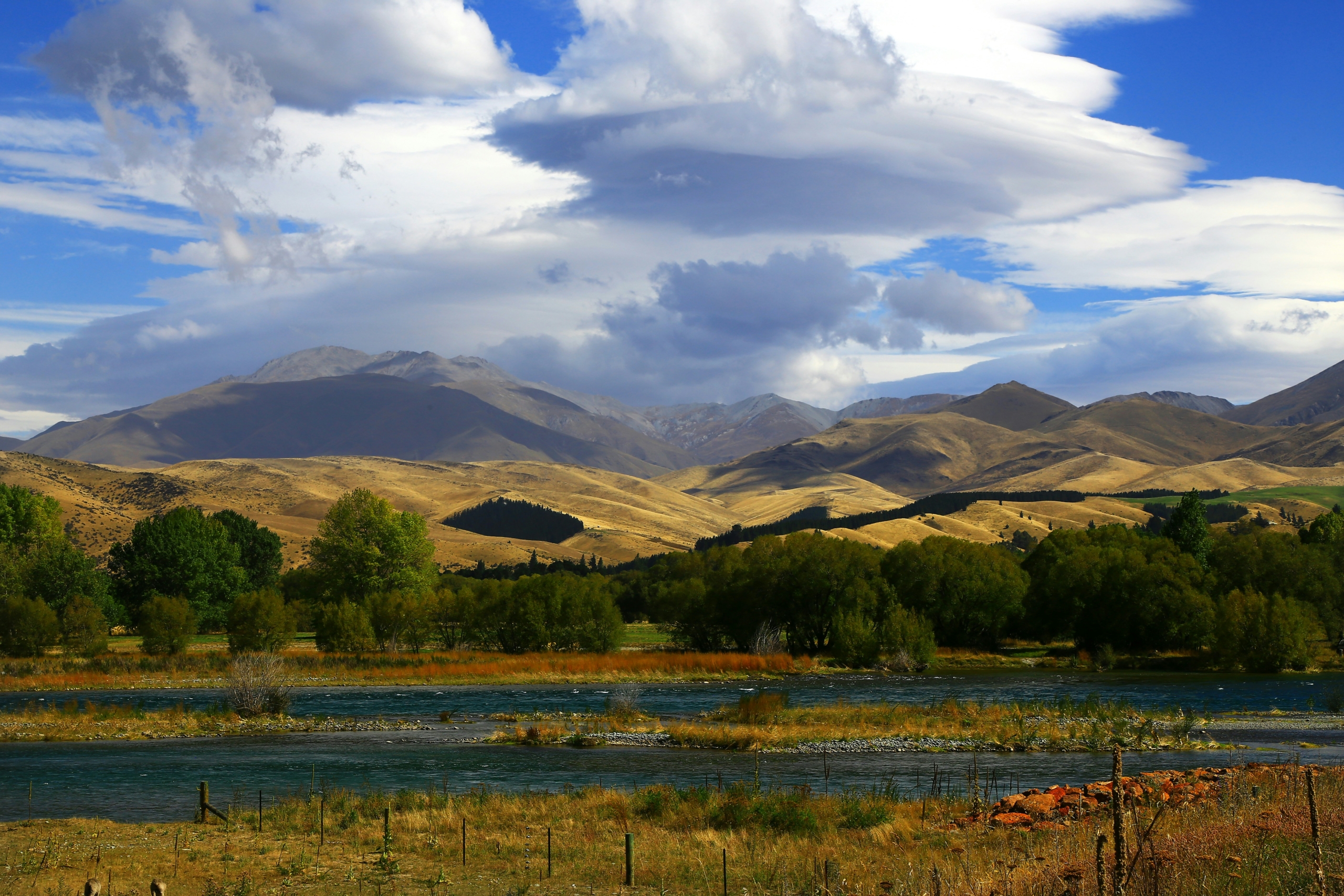
History of the Arkansas River
In 1819, the Adams-Onis Treaty made the Arkansas River a part of the frontier between the United States and Spanish Mexico until the annexation of Texas during the Mexican-American War in 1846.After the Louisiana Purchase in 1803, the United States and Spanish Mexico disagreed on the exact western boundary of the acquired territory.Spain claimed the land all the way to the Rocky Mountains, while the United States insisted on the Red River as the border.
John Quincy Adams, then Secretary of State, and Luis de Onís, the Spanish minister to the United States, engaged in lengthy negotiations. The Adams-Onis Treaty finally settled the dispute in 1819.The treaty established the Arkansas River as the border between the United States and Spanish Mexico from its source in the Rocky Mountains to where it meets the Red River.
American settlers began moving into the Arkansas River Valley after the treaty, drawn by fertile land and opportunities for fur trapping and trade. The Arkansas River served as a vital trade route, connecting American settlements with Santa Fe, New Mexico, and beyond.
The Mexican War of Independence (1821-1823) led to the creation of the independent Republic of Mexico, including the territory north of the Arkansas River. In 1846, the United States annexed Texas, incorporating the land south of the Arkansas River into its territory.
The Adams-Onis Treaty’s boundary became obsolete, but the Arkansas River continued to play a vital role in the development of the West, serving as a transportation artery, a source of water and power, and a recreational haven.
At Arkansas Valley Adventures, we offer a variety of trips on and around the Arkansas River. Now that you know a little more about the Arkansas River come and see it for yourself! Our rafting trips include family friendly options and exhilarating whitewater experiences, with ziplining, Via Ferrata, fly-fishing, and horseback riding also available in the beautiful Arkansas River Valley.

